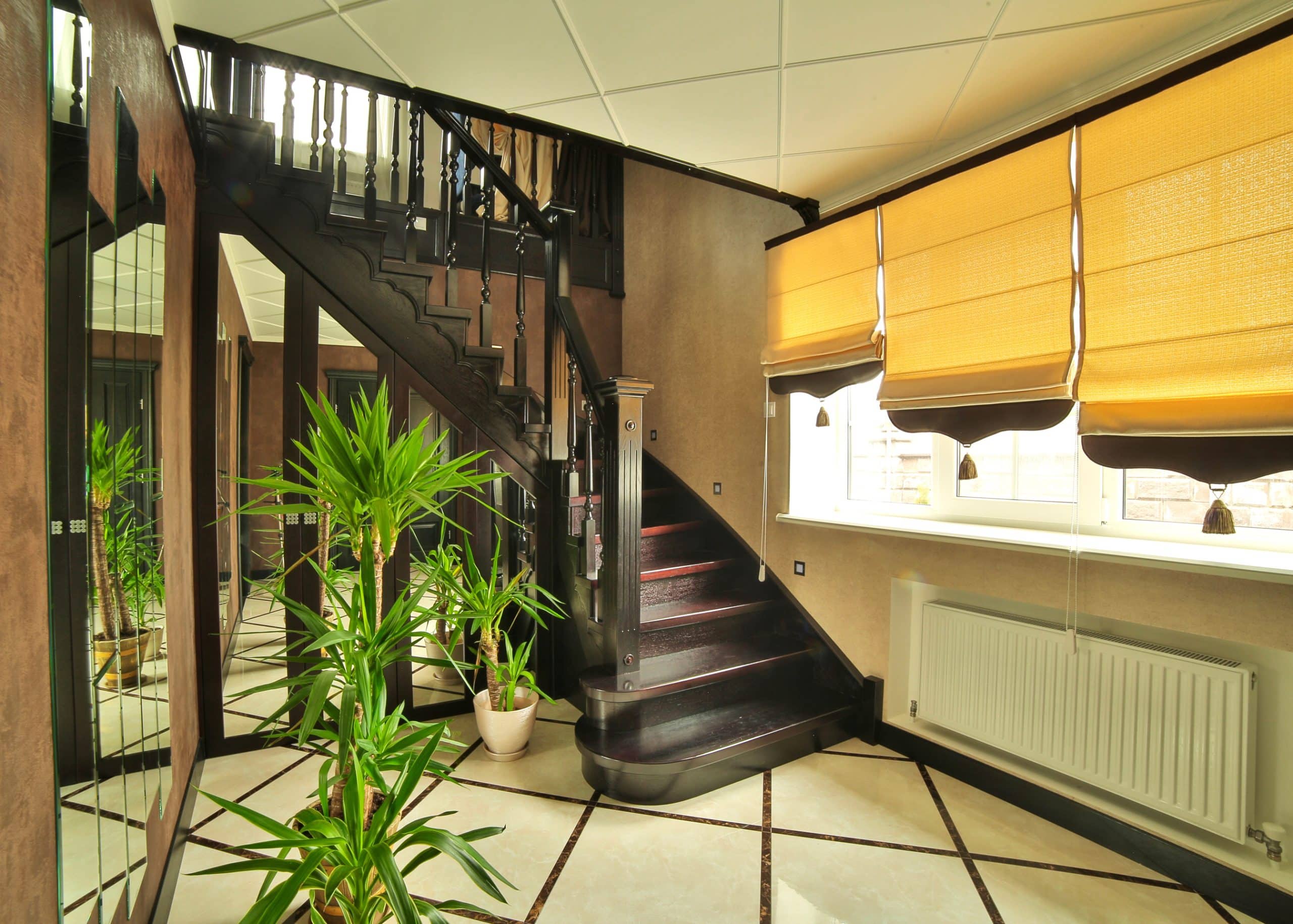How Can You Retrofit an Older Home with Smart Home Technology While Preserving Its Historical Integrity?

In the era of modern living, the integration of smart home technology has become the new norm. These advancements make our homes more comfortable, efficient, and secure. However, when it comes to historic homes, the challenge lies in incorporating these smart solutions without jeopardising the building’s original heritage. It’s a delicate balance between preservation and modernization. This article unravels ways to retrofit an older home with smart home technology, focusing on energy efficiency and conservation, while still preserving its historical integrity.
Understanding the Unique Challenges
Before diving into the solutions, it’s crucial to understand the unique challenges that come with historic buildings. Unlike modern homes, these buildings are often constructed with materials and methods no longer in use. This might include lead-based paints, asbestos insulation, and outdated electrical systems. Also, they typically lack the energy efficiency of modern design, with single-pane windows and an absence of air sealing causing significant heat loss.
A voir aussi : What’s the Best Approach to Childproofing an Open Plan Living Space Without Compromising on Design?
Moreover, historic buildings hold a cultural, aesthetic and architectural significance. Therefore, any modifications or upgrades must respect and preserve the character-defining features. The challenge lies in incorporating smart systems in these homes while retaining their original charm.
Incorporating Energy Efficient Windows
One of the first steps in retrofitting an older home is addressing the issue of windows. Traditional single-pane windows are the primary source of energy loss in historic homes. However, replacing these with modern energy-efficient windows may negatively impact the building’s character.
Lire également : How Can You Design a Functional and Inviting Outdoor Kitchen for a Small Patio?
An effective solution to this is installing storm windows. These are additional windows fitted to the existing ones, improving insulation and reducing heat loss without altering the existing window design. They are available in a wide range of materials, making it easier to find a match that blends seamlessly with the original architecture.
Upgrading Air Systems
The next step in the process of retrofitting old homes involves upgrading the air systems. Older homes often suffer from poor indoor air quality due to a lack of ventilation and the presence of toxins from old materials. Furthermore, drafty rooms and inefficient heating and cooling systems can lead to energy waste and uncomfortable living spaces.
Today, there are several smart and energy-efficient solutions to these issues. For instance, smart thermostats can learn your routine, adjusting the temperatures accordingly and saving energy in the process. Also, energy recovery ventilators can improve indoor air quality by replacing stale air with fresh, filtered air from outside, balancing humidity levels in the process. When installing such systems, care should be taken to ensure minimum disruption to the building’s historic fabric.
Insulation and Energy Conservation
In historic homes, insulation is often inadequate or entirely absent, leading to significant energy loss. However, insulating these homes is not as straightforward as it might be with modern buildings. Traditional insulation methods can often cause harm to historic materials, leading to issues like trapped moisture and wood rot.
One solution is to use breathable insulation materials, such as wool or cellulose. These are more compatible with the original building materials and allow for moisture to move and evaporate naturally, thus preventing damage.
In terms of energy conservation, there is an array of smart home technologies that can help. These include smart lighting systems that adjust the level of lighting based on the time of day or occupancy, and automated energy management systems that monitor and control energy usage throughout the house.
Harmonizing Modern Amenities with Historic Charm
While energy efficiency and conservation are critical, integrating modern amenities into a historic home is also a significant part of retrofitting. This might include smart security systems, home automation, and modern kitchen and bathroom upgrades.
When integrating these modern features, it’s essential to respect the home’s original design and aesthetic. For example, a smart security system can be discreetly installed to maintain the home’s appearance, while smart speakers and appliances can be chosen to match the home’s interior.
Despite the challenges, retrofitting a historic home with smart technology is not only feasible but can also add value to the property. By thoughtfully selecting and installing these systems, you can enjoy the comforts of modern living while preserving the precious heritage of your historic home.
Implementing Renewable Energy Sources
The addition of renewable energy sources such as solar panels can significantly improve the energy performance of historic homes. However, the installation of solar panels on older homes can be a contentious issue. Solar panels tend to have a modern aesthetic that can clash with the traditional architectures of historic buildings.
One way to address this is by installing solar panels in less conspicuous areas, such as the rear of the roof or on outbuildings. It’s also worth considering newer, more aesthetically pleasing solar technologies. For instance, solar shingles and solar glass both offer a way to harness renewable energy while maintaining the home’s visual integrity.
Additionally, ground source heat pumps and biomass boilers can be considered. Ground source heat pumps use the earth’s natural heat to warm and cool your home. They can be integrated with smart control systems for maximum energy efficiency. Biomass boilers, which burn wood pellets, logs or chips, are another renewable energy source that can provide heat and hot water in an older home.
In terms of planning permission for renewable energy installations on historic properties, the rules can be complex. It’s recommended to seek advice from the local planning authority or a conservation officer before proceeding.
Embracing Adaptive Reuse
The concept of adaptive reuse is another avenue that can be seamlessly incorporated into the retrofitting process of older homes. Adaptive reuse refers to the process of repurposing buildings for viable new uses while retaining their historic features.
For instance, many historic homes have outbuildings like barns or carriage houses that can be converted into energy-efficient living spaces or home offices with the addition of insulation, energy-efficient windows, and smart technology. This can enhance the usefulness and value of the property while maintaining its historic character.
In New York City, for instance, adaptive reuse has become a popular strategy for maximizing the use of available space in a sustainable way. This approach not only preserves the architectural heritage of the city but also reduces the environmental impact of construction by reusing existing buildings rather than building new ones.
Conclusion
In conclusion, retrofitting a historic home with smart technology can be a challenging yet fulfilling endeavor. It presents a unique opportunity to maintain and celebrate our architectural heritage while improving our living spaces and contributing to energy conservation.
From upgrading air systems, windows, and insulation, to integrating modern amenities and renewable energy sources, each step in the retrofitting process must be handled with a deep regard for the historic preservation of the property. The key is to strike a balance between modern living needs and the preservation of the historical essence of the home.
Ultimately, each historic home is unique, and there’s no one-size-fits-all solution. However, with careful planning, expert advice, and a dedication to preserving the past, you can successfully enhance the energy performance and comfort of your historic home while keeping its historic integrity intact.
